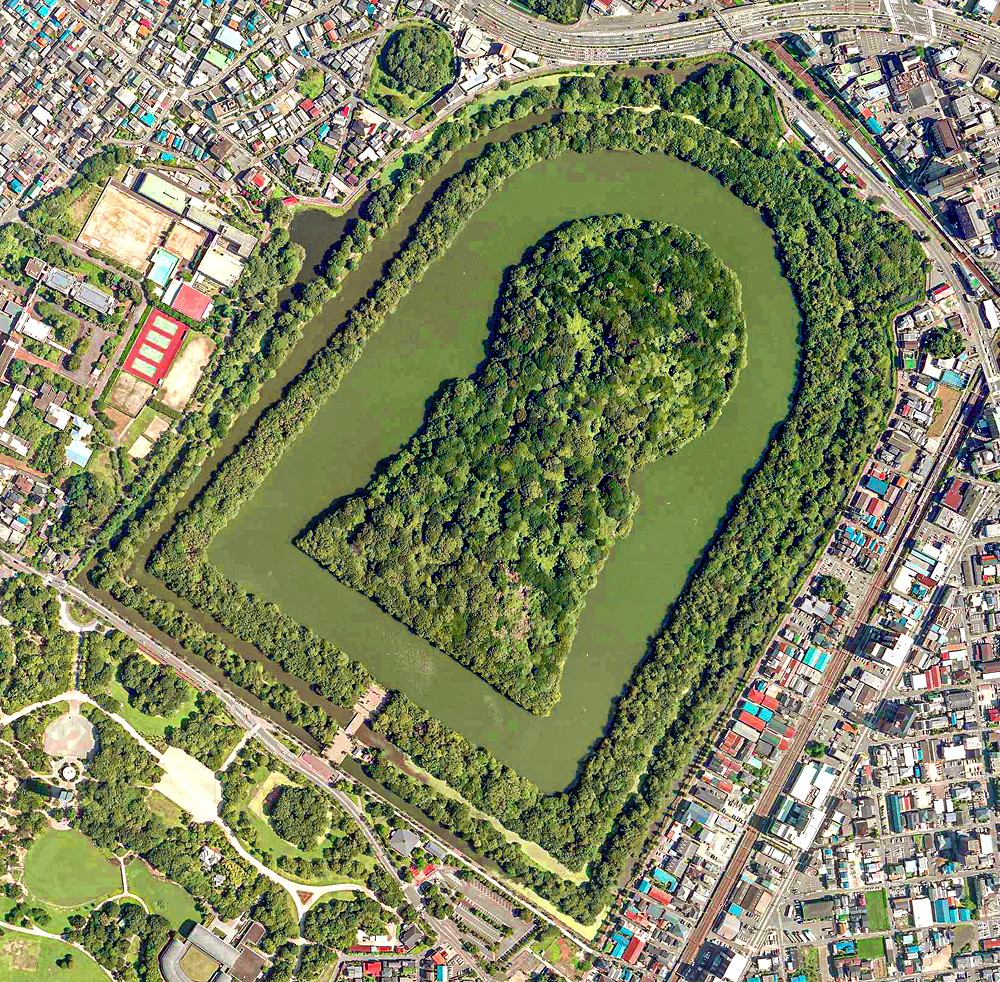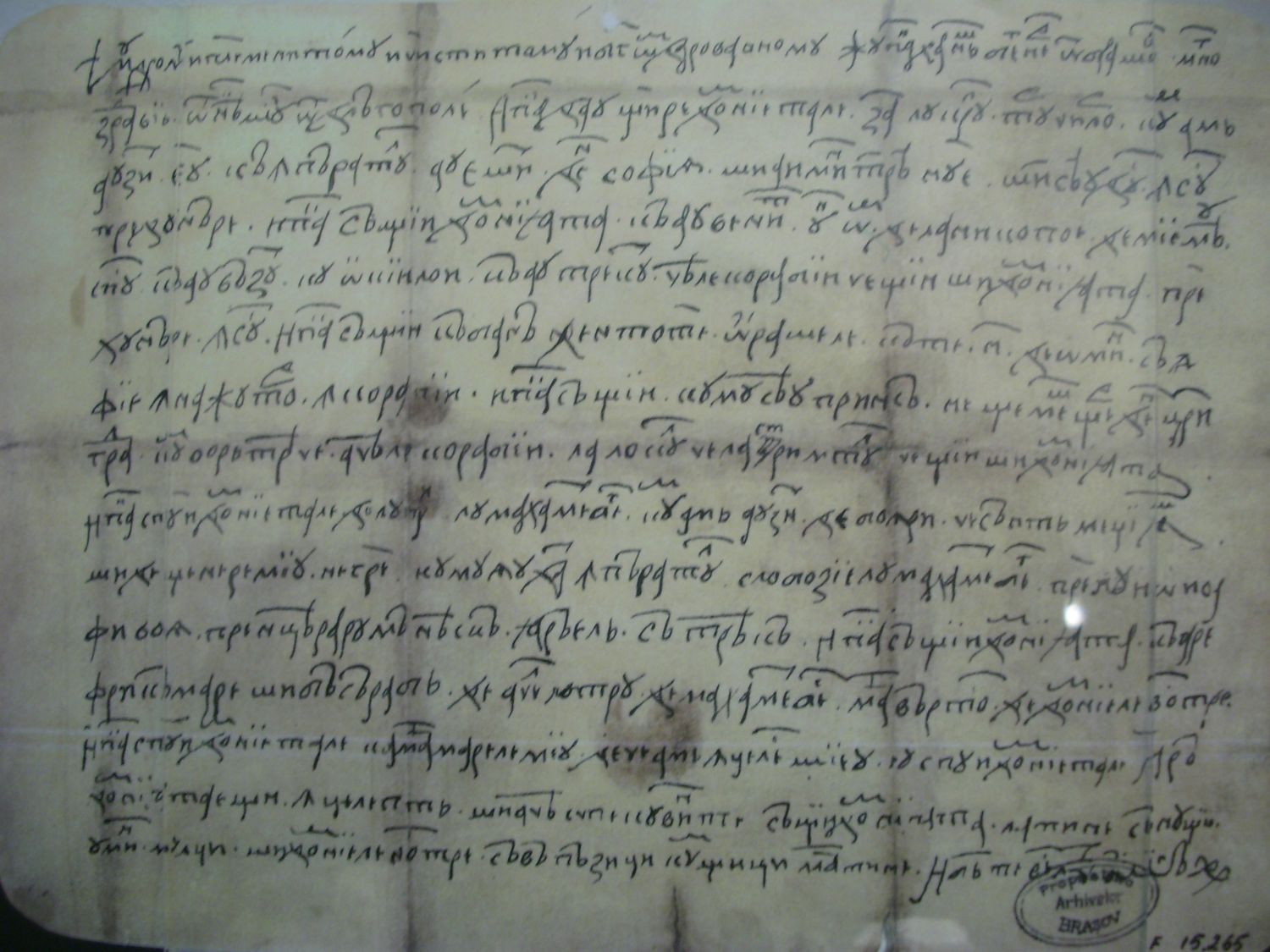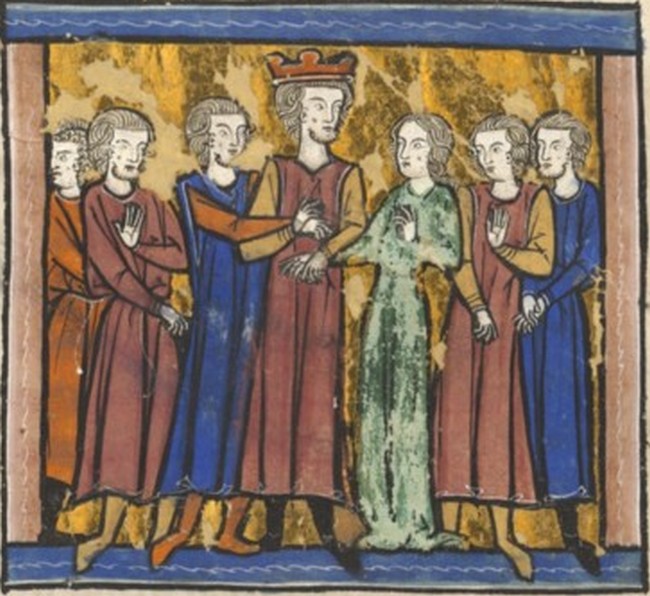|
August 28
Events Pre-1600 * 475 – The Roman general Orestes forces western Roman Emperor Julius Nepos to flee his capital city, Ravenna. * 489 – Theodoric, king of the Ostrogoths, defeats Odoacer at the Battle of Isonzo, forcing his way into Italy. * 632 – Fatimah, daughter of the Islamic prophet Muhammad, dies, with her cause of death being a controversial topic among the Sunni Muslims and Shia Muslims. * 663 – Silla– Tang armies crush the Baekje restoration attempt and force Yamato Japan to withdraw from Korea in the Battle of Baekgang. *1189 – Third Crusade: The Crusaders begin the Siege of Acre under Guy of Lusignan. *1521 – Ottoman wars in Europe: The Ottoman Turks occupy Belgrade. * 1524 – The Kaqchikel Maya rebel against their former Spanish allies during the Spanish conquest of Guatemala. *1542 – Turkish–Portuguese War: Battle of Wofla: The Portuguese are scattered, their leader Christovão da Gama is captured and la ... [...More Info...] [...Related Items...] OR: [Wikipedia] [Google] [Baidu] |
Roman Empire
The Roman Empire ruled the Mediterranean and much of Europe, Western Asia and North Africa. The Roman people, Romans conquered most of this during the Roman Republic, Republic, and it was ruled by emperors following Octavian's assumption of effective sole rule in 27 BC. The Western Roman Empire, western empire collapsed in 476 AD, but the Byzantine Empire, eastern empire lasted until the fall of Constantinople in 1453. By 100 BC, the city of Rome had expanded its rule from the Italian peninsula to most of the Mediterranean Sea, Mediterranean and beyond. However, it was severely destabilised by List of Roman civil wars and revolts, civil wars and political conflicts, which culminated in the Wars of Augustus, victory of Octavian over Mark Antony and Cleopatra at the Battle of Actium in 31 BC, and the subsequent conquest of the Ptolemaic Kingdom in Egypt. In 27 BC, the Roman Senate granted Octavian overarching military power () and the new title of ''Augustus (title), Augustus'' ... [...More Info...] [...Related Items...] OR: [Wikipedia] [Google] [Baidu] |
Yamato Period
The is the period of Japanese history when the Imperial court ruled from modern-day Nara Prefecture, then known as Yamato Province. While conventionally assigned to the period 250–710, including both the Kofun period (–538) and the Asuka period (538–710), the actual start of Yamato rule is disputed. The Yamato court's supremacy was challenged during the Kofun period by other polities centered in various parts of Japan. What is certain is that Yamato clans had major advantages over their neighbouring clans in the 6th century. This period is divided by the relocation of the capital to Asuka, in modern Nara Prefecture. However, the Kofun period is an archaeological period while the Asuka period is a historical period. Therefore, many think of this as an old division and this concept of period division is no longer applicable. At the era of Prince Shōtoku in the early 7th century, a new constitution was prescribed for Japan based on the Chinese model. After the fall of B ... [...More Info...] [...Related Items...] OR: [Wikipedia] [Google] [Baidu] |
Spanish Conquest Of Guatemala
In a protracted conflict during the Spanish colonization of the Americas, Spanish colonisers gradually incorporated the territory that became the modern country of Guatemala into the colonial Viceroyalty of New Spain. Before the conquest, this territory contained a number of competing Mesoamerican kingdoms, the majority of which were Maya peoples, Maya. Many conquistadors viewed the Maya as "infidels" who needed to be forcefully converted and pacified, disregarding the achievements of their Maya civilization, civilization.Jones 2000, p. 356. The first contact between the Maya and European colonization of the Americas, European explorers came in the early 16th century when a Spain, Spanish ship sailing from Panama to Hispaniola, Santo Domingo (Hispaniola) was wrecked on the east coast of the Yucatán Peninsula in 1511. Several Spanish expeditions followed in 1517 and 1519, making landfall on various parts of the Yucatán coast. The Spanish conquest of the Maya was a prolonged affair ... [...More Info...] [...Related Items...] OR: [Wikipedia] [Google] [Baidu] |
Maya Civilization
The Maya civilization () was a Mesoamerican civilization that existed from antiquity to the early modern period. It is known by its ancient temples and glyphs (script). The Maya script is the most sophisticated and highly developed writing system in the pre-Columbian Americas. The civilization is also noted for its art, architecture, mathematics, calendar, and astronomical system. The Maya civilization developed in the Maya Region, an area that today comprises southeastern Mexico, all of Guatemala and Belize, and the western portions of Honduras and El Salvador. It includes the northern lowlands of the Yucatán Peninsula and the Guatemalan Highlands of the Sierra Madre, the Mexican state of Chiapas, southern Guatemala, El Salvador, and the southern lowlands of the Pacific littoral plain. Today, their descendants, known collectively as the Maya, number well over 6 million individuals, speak more than twenty-eight surviving Mayan languages, and reside in nearly the s ... [...More Info...] [...Related Items...] OR: [Wikipedia] [Google] [Baidu] |
Kaqchikel People
The Kaqchikel (also called Kachiquel) are one of the Indigenous Maya peoples of the midwestern highlands of Guatemala and of southern Mexico. They constitute Guatemala's third largest Maya group. The name was formerly spelled in various other ways, including Cakchiquel, Kakchiquel, Caqchikel, and Cachiquel. Language The Kaqchikel language, one of the Mayan languages from the Quichean branch, is spoken today by 400,000 people. It is closely related to the Tzutujil language. Location In Guatemala they live in the departments of Sololá, Chimaltenango, Sacatepéquez, Guatemala, Baja Verapaz Department, and Escuintla. In Mexico, the Kaqchikel communities are located in the state of Chiapas, in the municipalities of Amatenango de la Frontera, Mazapa de Madero, Motozintla, Frontera Comalapa, El Porvenir and Villa Comatitlan, due to recent migrations, there are small Kaqchikel communities in the state of Campeche located in the municipalities of Campeche and Champotón ... [...More Info...] [...Related Items...] OR: [Wikipedia] [Google] [Baidu] |
1524
__NOTOC__ Year 1524 ( MDXXIV) was a leap year starting on Friday of the Julian calendar. Events January–March * January 17 – Florentine explorer Giovanni da Verrazzano, on board '' La Dauphine'' in the service of Francis I of France, sets out from Madeira for the New World, to seek out a western sea route to the Pacific Ocean. * February 20 – Tecun Uman, the K'iche' Maya ruler of Guatemala's highlands, is killed in a battle near Quetzaltenango between the K'iche' Maya people and the invading Spanish conquistadors led by Pedro Alvarado. * March 7 – Spanish conquistador Pedro de Alvarado destroys the Kʼicheʼ kingdom of Qʼumarkaj, taking the capital, Quiché. * March 21 – da Verrazzano's expedition makes landfall at Cape Fear at what is later the U.S. state of North Carolina. April–June * April 17 – Verrazzano's expedition makes the first European entry into New York Bay, and sights the island of Manhattan. * April ... [...More Info...] [...Related Items...] OR: [Wikipedia] [Google] [Baidu] |
Belgrade
Belgrade is the Capital city, capital and List of cities in Serbia, largest city of Serbia. It is located at the confluence of the Sava and Danube rivers and at the crossroads of the Pannonian Basin, Pannonian Plain and the Balkan Peninsula. The population of the Belgrade metropolitan area is 1,685,563 according to the 2022 census. It is one of the Balkans#Urbanization, major cities of Southeast Europe and the List of cities and towns on the river Danube, third-most populous city on the river Danube. Belgrade is one of the List of oldest continuously inhabited cities, oldest continuously inhabited cities in Europe and the world. One of the most important prehistoric cultures of Europe, the Vinča culture, evolved within the Belgrade area in the 6th millennium BC. In antiquity, Thracians, Thraco-Dacians inhabited the region and, after 279 BC, Celts settled the city, naming it ''Singidunum, Singidūn''. It was Roman Serbia, conquered by the Romans under the reign of Augustus and ... [...More Info...] [...Related Items...] OR: [Wikipedia] [Google] [Baidu] |
Ottoman Turks
The Ottoman Turks () were a Turkic peoples, Turkic ethnic group in Anatolia. Originally from Central Asia, they migrated to Anatolia in the 13th century and founded the Ottoman Empire, in which they remained socio-politically dominant for the entirety of the six centuries that it existed. Their descendants are the present-day Turkish people, who comprise the majority of the population in the Turkey, Republic of Turkey, which was established shortly after the end of World War I. Reliable information about the early history of the Ottoman Turks remains scarce, but they take their Turkish name from Osman I, who founded the Ottoman dynasty, House of Osman alongside the Ottoman Empire; the name "Osman (name), Osman" was altered to "Ottoman" when it was transliterated into some Languages of Europe, European languages over time. The Ottoman principality, expanding from Söğüt, gradually began incorporating other Turkish-speaking Muslims and non-Turkish Christians into their realm. B ... [...More Info...] [...Related Items...] OR: [Wikipedia] [Google] [Baidu] |
Ottoman Wars In Europe
A series of military conflicts between the Ottoman Empire and various European states took place from the Late Middle Ages up through the early 20th century. The earliest conflicts began during the Byzantine–Ottoman wars, waged in Anatolia in the late 13th century before entering Europe in the mid-14th century with the Bulgarian–Ottoman wars. The mid-15th century saw the Serbian–Ottoman wars and the Albanian–Ottoman Wars (1432–1479), Albanian-Ottoman wars. Much of this period was characterized by the Rumelia, Ottoman expansion into the Balkans. The Ottoman Empire made further inroads into Central Europe in the 15th and 16th centuries, culminating in the peak of Ottoman territorial claims in Europe. The Ottoman–Venetian wars spanned four centuries, starting in 1423 and lasting until 1718. This period witnessed the Siege of Negroponte (1470), fall of Negroponte in 1470, the Great Siege of Malta, siege of Malta in 1565, the Siege of Famagusta, fall of Famagusta (Cyprus) ... [...More Info...] [...Related Items...] OR: [Wikipedia] [Google] [Baidu] |
1521
1521 ( MDXXI) was a common year starting on Tuesday of the Julian calendar, the 1521st year of the Common Era (CE) and ''Anno Domini'' (AD) designations, the 521st year of the 2nd millennium, the 21st year of the 16th century, and the 2nd year of the 1520s decade. Events January–March * January 3 – Pope Leo X excommunicates Martin Luther, in the papal bull '' Decet Romanum Pontificem''. * January 22 – Charles V, Holy Roman Emperor, opens the Diet of Worms in Worms, Germany. * January 27 – Suleiman the Magnificent suppresses a revolt by the ruler of Damascus, Janbirdi al-Ghazali. * February 2 – The Nydala Abbey Bloodbath takes place at Nydala Abbey, Sweden; the abbot and many monks are murdered by Danes. * March 6 ** Ferdinand Magellan makes the first European contact with Guam, most likely landing in Tumon. ** Martin Luther is summoned to appear before the Diet of Worms. * March 16 – Ferdinand Magellan reaches the Philippines, in ea ... [...More Info...] [...Related Items...] OR: [Wikipedia] [Google] [Baidu] |
Guy Of Lusignan
Guy of Lusignan ( 1150 – 18 July 1194) was King of Jerusalem, first as husband and co-ruler of Queen Sibylla from 1186 to 1190 then as disputed ruler from 1190 to 1192. He was also Lord of Cyprus from 1192 to 1194. A French Poitevin knight, Guy was the youngest son of Hugh VIII of Lusignan and the younger brother of Aimery of Lusignan. Having arrived in the Holy Land (where his brother Aimery was already prominent) at an unknown date, Guy was hastily married to Sibylla in 1180 to prevent a political incident within the kingdom. As the health of his brother-in-law Baldwin IV of Jerusalem deteriorated, Sibylla appointed Guy as regent for his stepson, Baldwin V. Baldwin IV died in 1185, followed shortly by Baldwin V in 1186, leading to the succession of Sibylla and Guy to the throne. Guy's reign was marked by increased hostilities with the Ayyubids ruled by Saladin, culminating in the Battle of Hattin in July 1187—during which Guy was captured—and the fall of Jerusa ... [...More Info...] [...Related Items...] OR: [Wikipedia] [Google] [Baidu] |
Siege Of Acre (1189–91)
Siege of Acre, also Siege of Akka/Akko, may refer to: *Siege of Acre (1104), following the First Crusade *Siege of Acre (1189–1191), during the Third Crusade *Siege of Acre (1257–1258), during the War of Saint Sabas *Siege of Acre (1263), Baibars laid siege to the Crusader city, but abandoned it to attack Nazareth. *Siege of Acre (1291), the fall of the final Crusader city in the Levant *Siege of Acre (1799), during the French Revolutionary Wars *Siege of Acre (1821) Haim Farhi (, ; , also known as Haim "El Mu'allim", lit. "The Teacher"), (1760 – August 21, 1820) was a Jews, Jewish adviser to the governors of the Galilee in the days of the Ottoman Empire, until his assassination in 1820. Farhi was a chief ..., part of Ottoman power struggles * Siege of Akka (1832), by Ibrahim Pasha of Egypt See also * Battle of Acre (other) {{Disambiguation ... [...More Info...] [...Related Items...] OR: [Wikipedia] [Google] [Baidu] |








